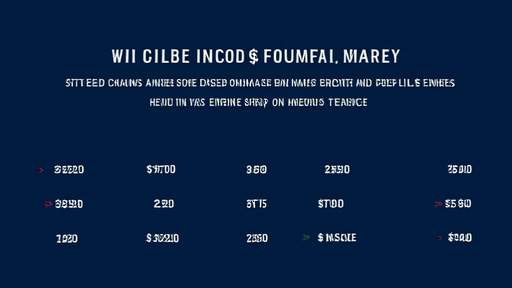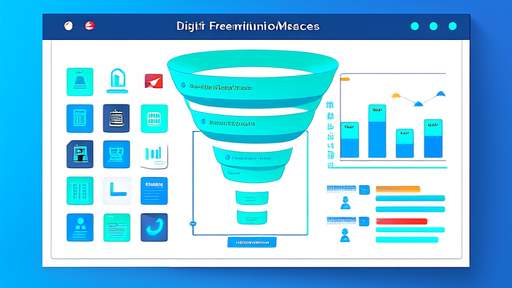The accounting treatment of venture capital valuation adjustment mechanisms – commonly known as "earn-out agreements" or "contingent consideration" in M&A contexts – has become a contentious issue in global financial reporting circles. These financial instruments, designed to bridge valuation gaps between investors and startups, are creating complex challenges for standard-setters and practitioners alike.
At the heart of the controversy lies the fundamental question of how to properly classify and measure these arrangements under prevailing accounting frameworks. The International Financial Reporting Standards (IFRS) and U.S. GAAP take different approaches to the problem, leading to inconsistencies in how similar transactions are reported across jurisdictions. This divergence has significant implications for cross-border investment comparisons and financial statement analysis.
The valuation adjustment mechanisms typically take two primary forms: equity-based adjustments that modify the number of shares issued based on performance metrics, and cash settlement arrangements where payments flow between parties depending on whether certain milestones are achieved. The accounting complexity arises from determining whether these instruments represent equity, liabilities, or assets, and whether they should be measured at fair value or using other valuation techniques.
Under IFRS, the International Accounting Standards Board (IASB) has generally taken the position that these arrangements should be treated as financial liabilities measured at fair value through profit or loss. This approach often leads to significant earnings volatility as the fair value estimates change with each reporting period. Many venture capital firms argue that this treatment fails to reflect the economic substance of these long-term investment relationships.
U.S. GAAP provides slightly more flexibility, allowing for equity classification in certain circumstances where the settlement is exclusively in shares and the share count is fixed. However, even under U.S. standards, many common earn-out structures fail to qualify for equity treatment and must be marked to market. This creates particular challenges for early-stage companies where future performance is highly uncertain and valuation inputs lack observable market data.
The debate has intensified as these financial instruments have proliferated in venture capital transactions globally. In emerging markets particularly, where information asymmetry between investors and founders tends to be greater, valuation adjustment mechanisms have become nearly ubiquitous in startup financing rounds. Some market participants estimate that over 80% of Series B and later funding rounds in Asia now include some form of earn-out provision.
Critics of current accounting treatments argue that the fair value measurement approach creates artificial volatility in financial statements and fails to properly capture the strategic nature of these arrangements. "These aren't speculative derivatives," contends a partner at a leading Silicon Valley venture firm. "They're carefully structured alignment mechanisms between investors and entrepreneurs that often span multiple years. Forcing quarterly mark-to-market accounting completely distorts their economic purpose."
Proponents of the current standards counter that the fair value approach provides the most transparent view of a company's financial position. They argue that any alternative treatment would allow companies to obscure the true cost of their financing arrangements. "Investors need to see the full picture, including how these contingent obligations might impact future cash flows or dilution," maintains a former FASB member involved in developing the current guidance.
The practical challenges of implementation are substantial. Valuation professionals report spending hundreds of hours on single earn-out valuations, particularly for early-stage companies with limited operating history. The models often require numerous subjective assumptions about future revenue growth, profitability, and exit scenarios – all of which can dramatically impact the reported fair value.
Some jurisdictions have attempted to carve out special treatments for certain types of venture capital arrangements. In China, for instance, regulators have permitted some flexibility in accounting for common earn-out structures in pre-IPO companies. However, these local variations create additional complexity for global investors trying to compare financial statements across different markets.
The controversy extends beyond accounting technicalities to broader questions about how financial reporting should evolve to keep pace with innovation in venture financing. As new forms of contingent consideration emerge – including token-based earn-outs in blockchain ventures and milestone-driven revenue share arrangements – standard-setters face increasing pressure to provide clearer guidance.
Some industry groups have begun advocating for a third way – perhaps a new category of financial instrument that would better reflect the hybrid nature of these arrangements. Their proposals suggest allowing for initial measurement at face value with subsequent adjustments only when triggering events occur, rather than requiring continuous fair value measurement.
As the debate continues, one thing is clear: the current standards were not designed with modern venture capital dynamics in mind. The increasing globalization of startup investing, coupled with the growing sophistication of financing structures, suggests that this accounting controversy will only intensify in coming years. For now, companies and investors must navigate a patchwork of interpretations and practical workarounds while awaiting more definitive guidance from standard-setting bodies.

By /Jun 3, 2025

By /Jun 3, 2025

By /Jun 3, 2025

By /Jun 3, 2025

By /Jun 3, 2025

By /Jun 3, 2025

By /Jun 3, 2025

By /Jun 3, 2025

By /Jun 3, 2025

By /Jun 3, 2025

By /Jun 3, 2025

By /Jun 3, 2025

By /Jun 3, 2025

By /Jun 3, 2025

By /Jun 3, 2025

By /Jun 3, 2025

By /Jun 3, 2025

By /Jun 3, 2025

By /Jun 3, 2025

By /Jun 3, 2025